Search Images
Browse Content (p. 1281)
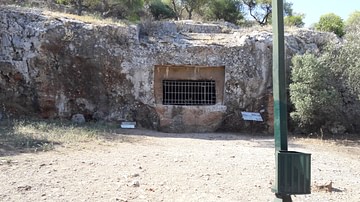
Image
Cimon's Tomb
Remains of Cimon's tomb on the path over Filopappou Hill in Athens
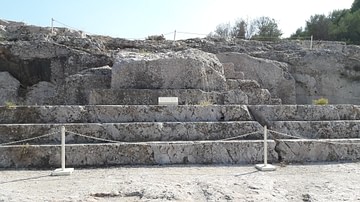
Image
Speaker's Platform at the Athenian Assembly
Stone cut steps leading up to the speaker's platform at the Athenian Assembly on Pynx
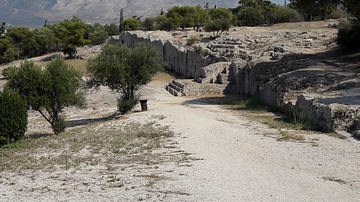
Image
The Athenian Assembly
Remains of the Athenian Assembly on the Pynx
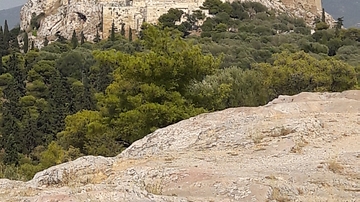
Image
View of the Acropolis from Pynx
The view of the Acropolis from the Athenian Assembly on the Pynx
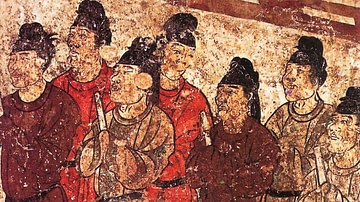
Image
Chinese Eunuchs
A mural depicting a group of eunuchs, the slaves and influential advisors of many Chinese emperors. Mural from the tomb of the prince Zhanghuai, 706 CE, Qianling, Shaanxi, China.

Image
Battle of Megiddo Relief
Relief in the Karnak Temple, showing Thutmose III slaying Canaanite captives from the Battle of Megiddo, 15th century BCE.
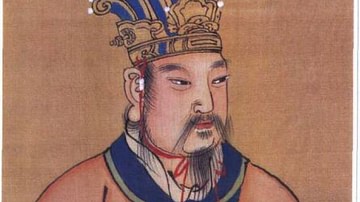
Image
King Wen of Zhou
An idealised portrait of King Wen of Zhou (11th century BCE), the first Chinese ruler to claim the Mandate of Heaven. Ming Period illustration.
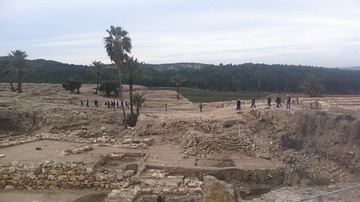
Image
Megiddo
Ruins of Megiddo.
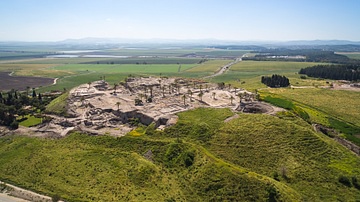
Image
Aerial View of Megiddo
Aerial view of Tel Megiddo. Photo taken by Itamar Grinberg for the Israeli Ministry of Tourism.

Image
Nubians
Wall relief, Luxor, Egypt.